The Buttered Veg website is a celebration of vegetables. Today, we are celebrating baby turnips and greens. These, my friends, are some bitter beauties.
Jump to Recipe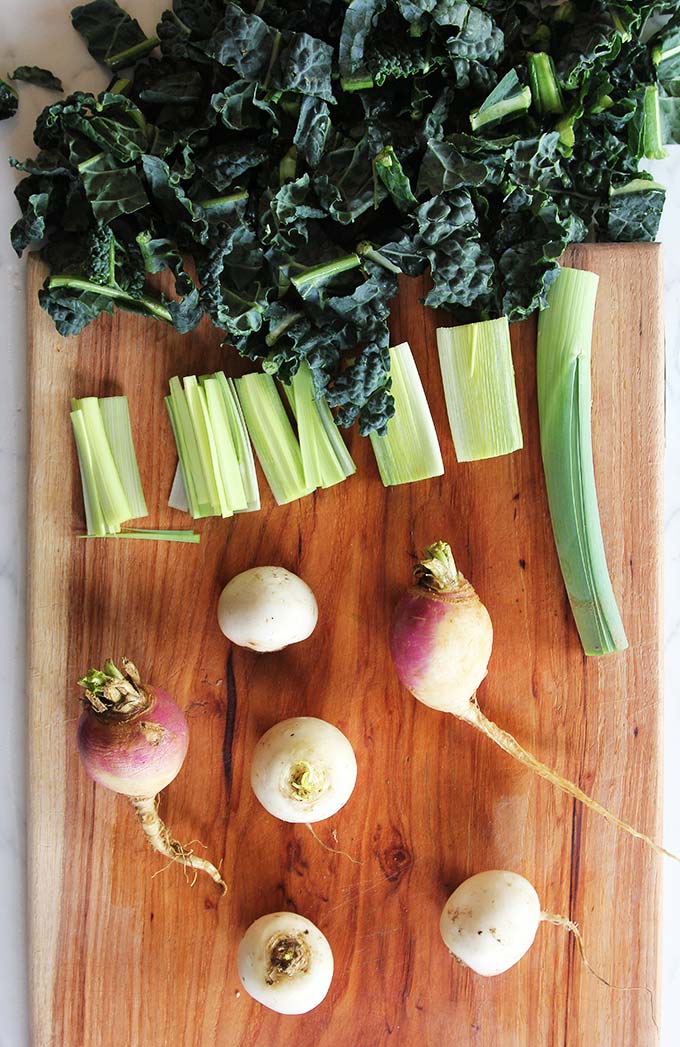
Turnips are one of those vegetables that have a bad reputation for some people. There's a funny story in my family about turnips that my dad and his brothers used to always tell.
They liked to joke that they were so poor growing up that all they had to eat were turnip tops. Haha.
Jump to:
The story was embellished further that food was so scarce, the boys would steal the turnip tops from each others’ plates. Weren’t those the days!
Turnips have a bad reputation because they are bitter and heating. This is an unusual combination in the plant world.
Turnips are a little pungent, which makes them heating, but the sharp taste does get milder with cooking. They are also slightly bitter, although not overly so like dandelion greens.
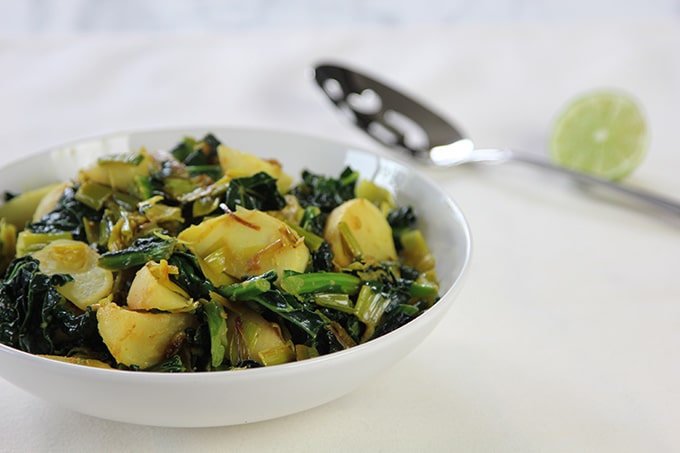
The vegetable mix
Turnips are hearty critters. They grow in cold climates, so Canadians, Northern Europeans, North Indians, and Americans should all be familiar with this vegetable.
In this dish, I recommend finding baby turnips. Their texture is more delicate and light than regular turnips, the taste is sweeter, and the skins don’t need to be peeled.
If you can’t find the baby ones, look for the smallest ones you can find, and you will have to peel the turnips, as the skins can be tough.
As for the greens, you can use any type you have in the fridge that you would normally cook, including turnip tops if you can get them.
Kale is the most plentiful and obvious option, but there is also Swiss chard, collard greens, green zucchini, beet greens, radish greens, and so on. The recipe calls for six cups of greens, and you are welcome to use a mix of them.
I included leeks in this recipe, too, which is also a type of cooking green, onion-style.
Leeks have a wonderfully sweet and mild onion flavor that helps to marry the baby turnips and leafy greens together. If you don’t have leeks, green onions also work well.
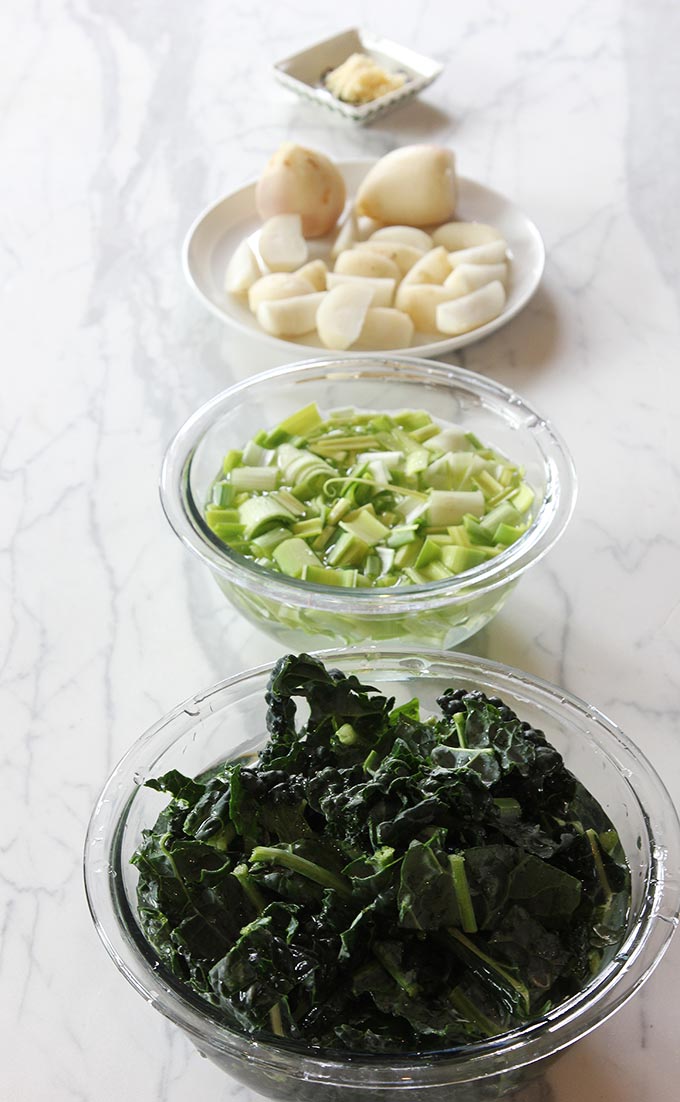
Turmeric and 'food as medicine'
I am sure that some readers will be pleased to see turmeric in this recipe. Others may wonder why it's there.
The answer is that I am married to a South Indian man, and when we married I was advised by his parents to put turmeric in every dish.
I didn't understand this piece of advice at the time, but through experimentation I have realized turmeric really does work beautifully in most vegetable dishes, and this is particularly true for greens.
Turmeric adds a dimension of underlying complexity to the vegetal flavors, as well as a preventative anti-inflammatory effect.
Overall, this dish is packed with preventative medicinal properties.
Baby turnips are alkalizing and detoxifying. Cooked together with nutrient-dense greens, antibiotic garlic, and antibacterial lime juice, this vegetable side dish will supercharge any dinner menu.
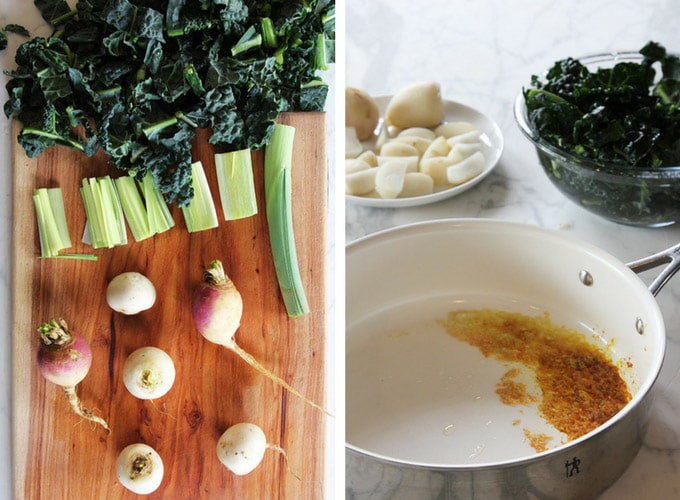
How to enjoy
Bitter vegetables for dinner can be a welcome change from the usual sweet, sour, and salty foods we usually eat.
I love this vegetable combo, along with an Indian bean or lentil dish, or even my smoky oregano black beans. It would also be great with polenta or risotto, or in a rice bowl, where a balance of bitter pungency offers a pleasing variation.
For another recipe featuring baby turnips, try 'chewy' pasta with succulent arugula pesto and baby turnips.
After all my talk, I hope you feel excited to try this dish. Don’t worry that someone won’t like it.
I promise you, my braised baby turnip and greens with turmeric, garlic, and lime juice. It's not only healthy, it tastes amazing!
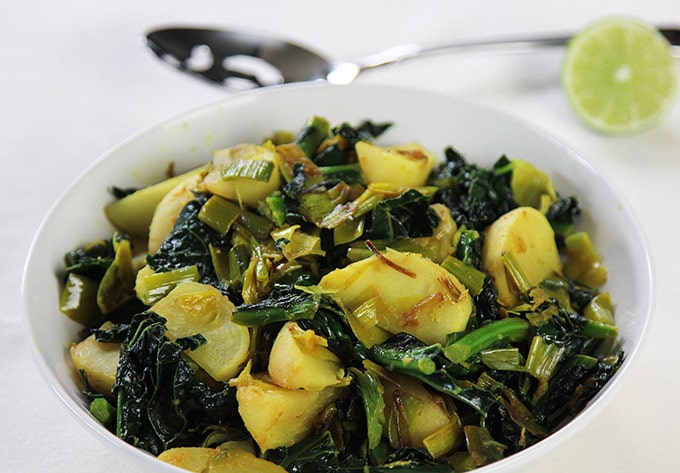
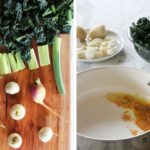
Recipe for Braised Baby Turnips and Greens
Helpful Kitchen Tools:
Ingredients
the vegetables
- 5-6 baby turnips, parboiled and sliced into half-inch wedges
- 1 cup leeks or green onions, sliced into half-inch pieces
- 6 cups leafy greens (your choice: kale, Swiss chard, collards, spinach), washed and chopped into ½-inch pieces
the braise
- 1 tablespoon vegetable oil
- 2 cloves garlic, minced
- ½ teaspoon turmeric powder
- pinch asafetida, optional, see notes
- ½ teaspoon Himalayan pink salt, or to taste (portion ¼ teaspoon, ¼ teaspoon)
to finish
- ½ teaspoon fresh lime juice
Instructions
prepare the vegetables
- Bring 2 cups water and a pinch of salt to a boil in a saucepan. Add whole turnips and simmer until cooked two-thirds of the way, about 5–10 minutes. Drain water.
- When turnips are cool enough to handle, slice them into half-inch wedges. If they are baby turnips, there's no need to peel. If the skins are thicker, peel them before slicing. Set aside until needed.
- Remove kale or other greens from their stems. Chop, and plunge into a bowl filled with cold water. Swish the greens around with your fingers to remove any dirt, and set aside until needed. The greens will float to the top and the dirt will fall to the bottom.
- Follow the same preparation with the leeks. Slice leeks into 6-inch lengths, and then in half lengthwise. Slice each half lengthwise again. Chop into half-inch pieces. Plunge into a bowl of cold water and swish around with your fingers. Set aside until needed.
cook the vegetables
- Heat oil in a large skillet on medium heat. Add garlic and sauté until just starting to brown. Add turmeric and optional asafetida directly to the oil, and sizzle for 20-30 seconds until you can smell the aroma.
- Add leeks by removing them from the water with your hands and transferring to the skillet. The water will cause the oil in the skillet to sizzle, so be careful. Sauté leeks until golden brown.
- Add the prepared turnips and kale, along with ¼-cup water and the salt. Stir well, and cover. Braise the vegetables for 10-20 minutes, stirring occasionally, until the vegetables are cooked to your liking. Taste, and add more salt if needed.
to finish and serve
- Transfer vegetables to a serving dish and squeeze on fresh lime juice.
Notes
Nutrition
If you liked this post, please share it with your friends, or leave a comment below.
For more Buttered Veg lifestyle content, follow me on Pinterest, Facebook, Instagram, and YouTube.
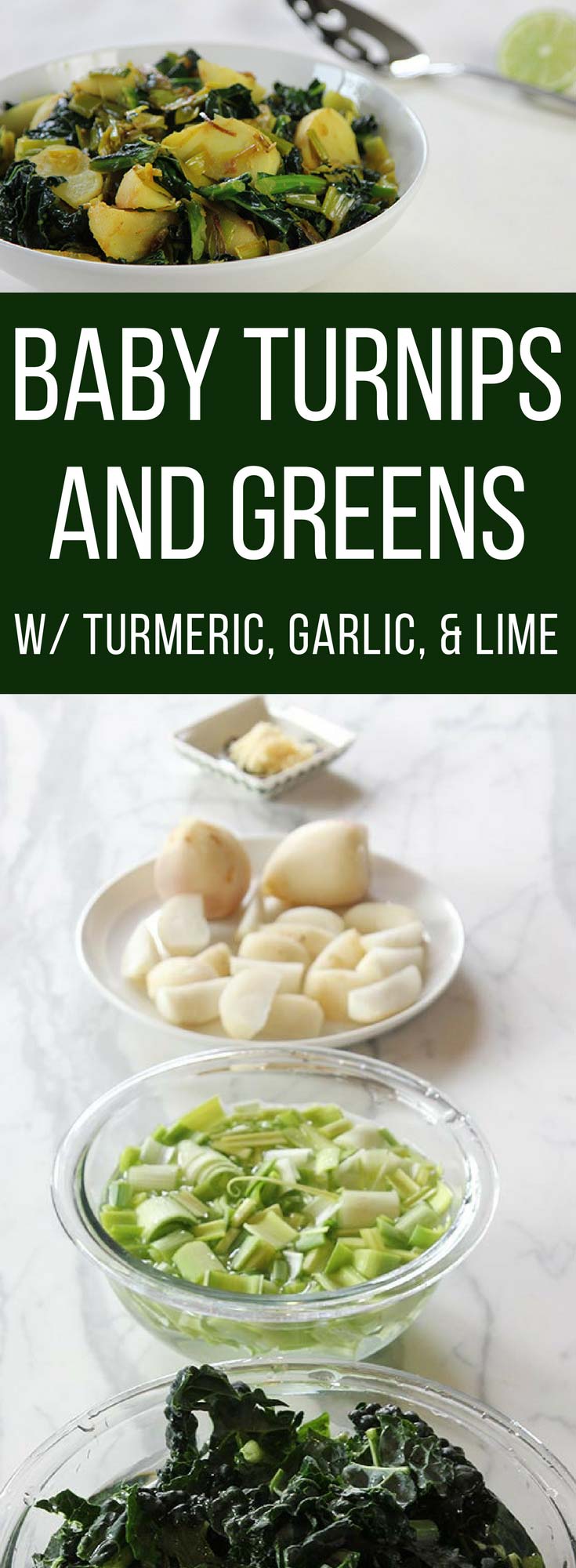


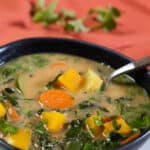
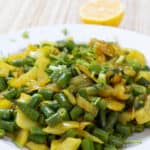




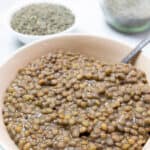
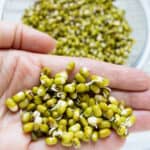
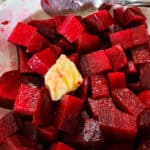


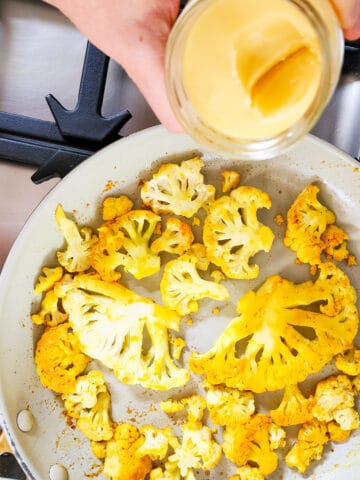
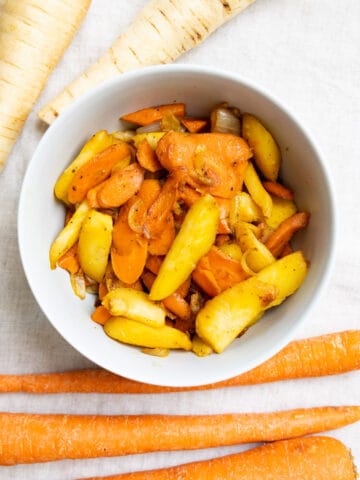
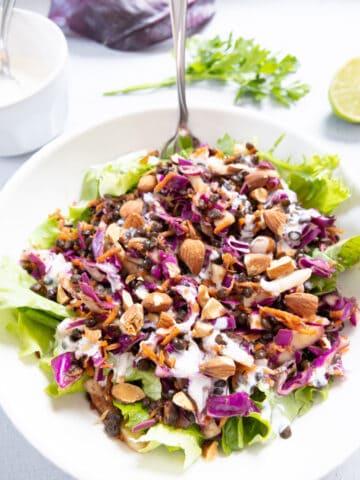
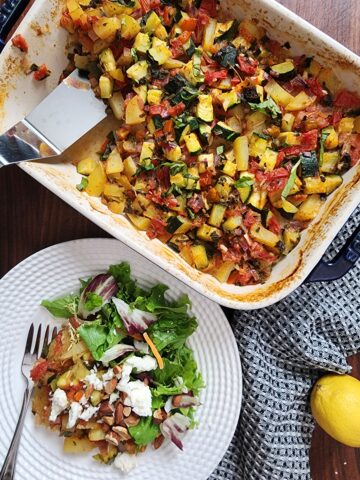
Joey Tipping
I will try it, Andrea, as Geoff and I both love all vegetables and this is an interesting and delicious way of cooking them. Not sure about the asafoetida as i’m Not sure I would use it enough to stock it in my spice cupboard although i’m Sure you will give me more recipes where I can use it, eh?
Andrea
Dear Joey,
Happy to hear that you will try this recipe. Asafoetida is a really amazing spice that is used as a digestive aid. It also plays a critical flavoring role in Indian vegetarian cuisine by acting as an umami enhancer. Used along with turmeric, it is a standard component of lentil curries such as dal, sambar, as well as in numerous vegetable dishes, especially those based on potato and cauliflower.
I will continue to include this spice in my recipes, but it will always be listed as optional. If you look in the recipe notes, I included an Amazon link were you can purchase it for a few dollars. I include in my post, How to Cook Any Vegetable, South Indian Style, which has some similarities to this recipe. I encourage you to try it!